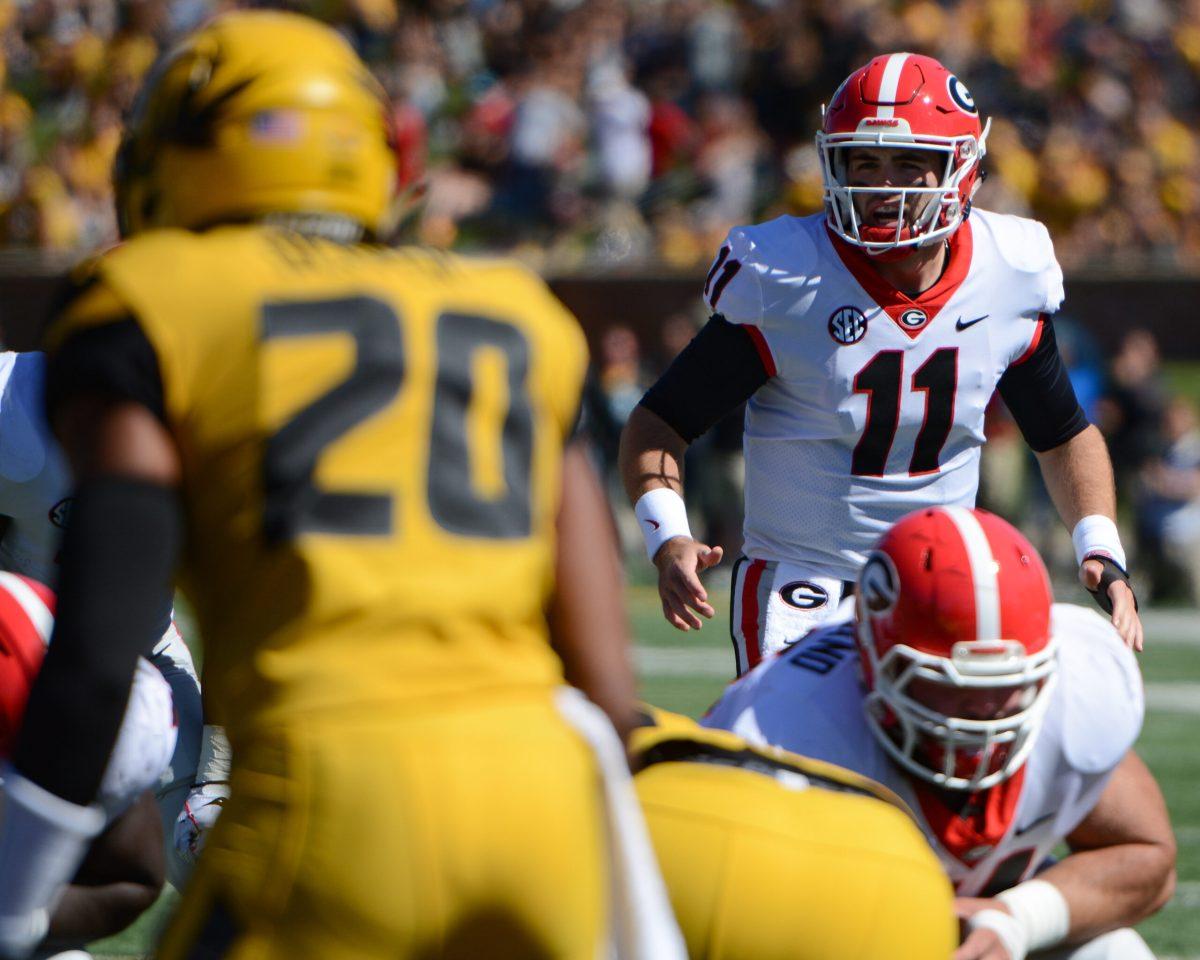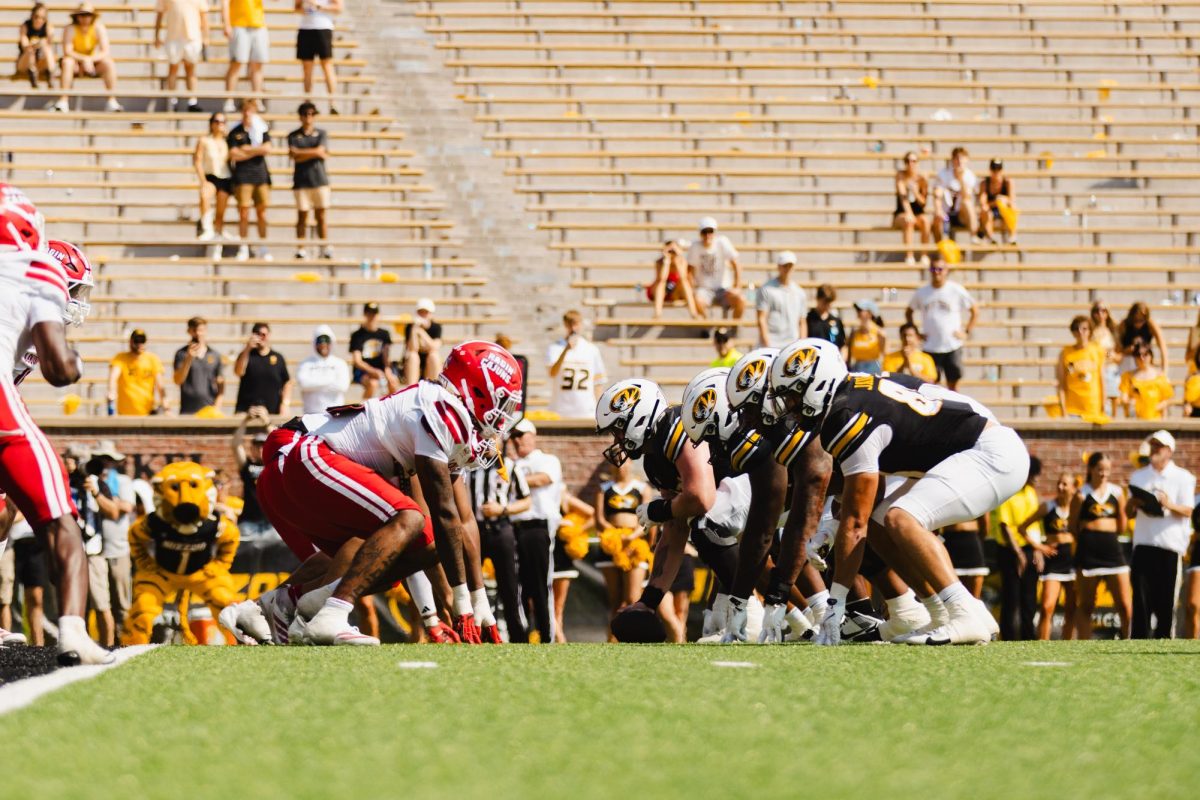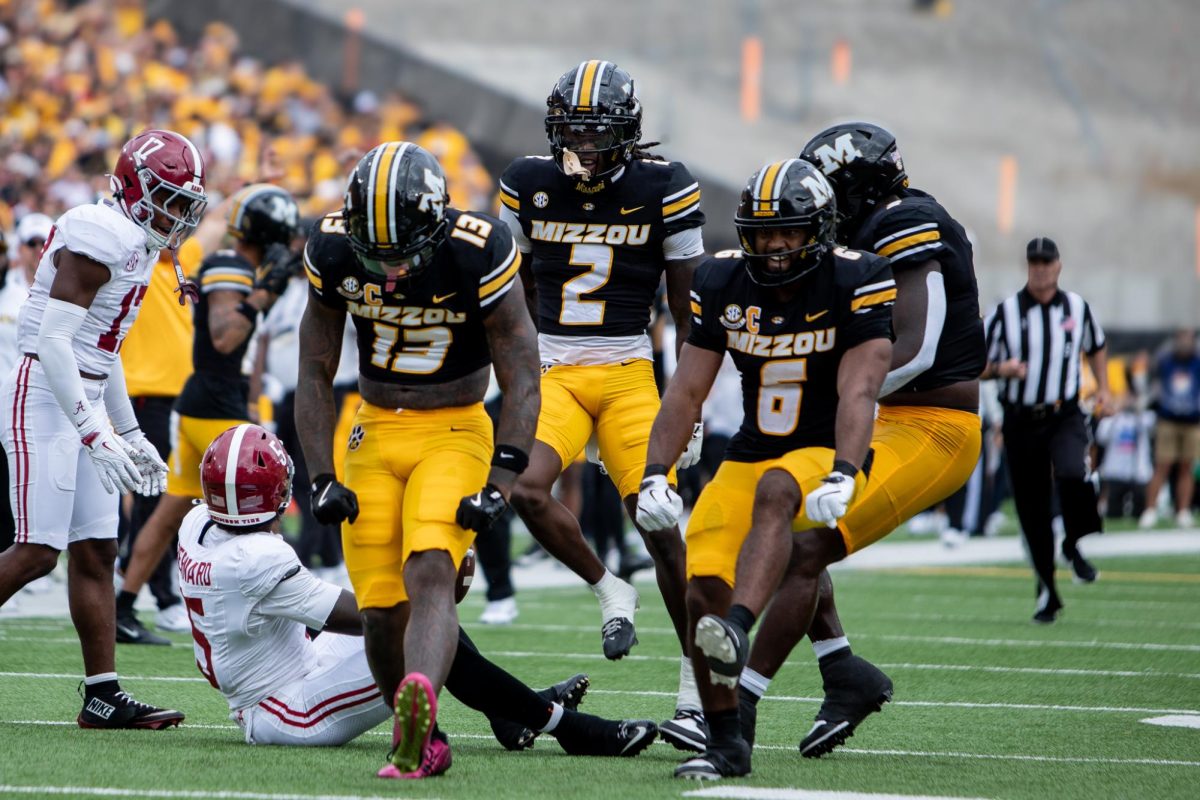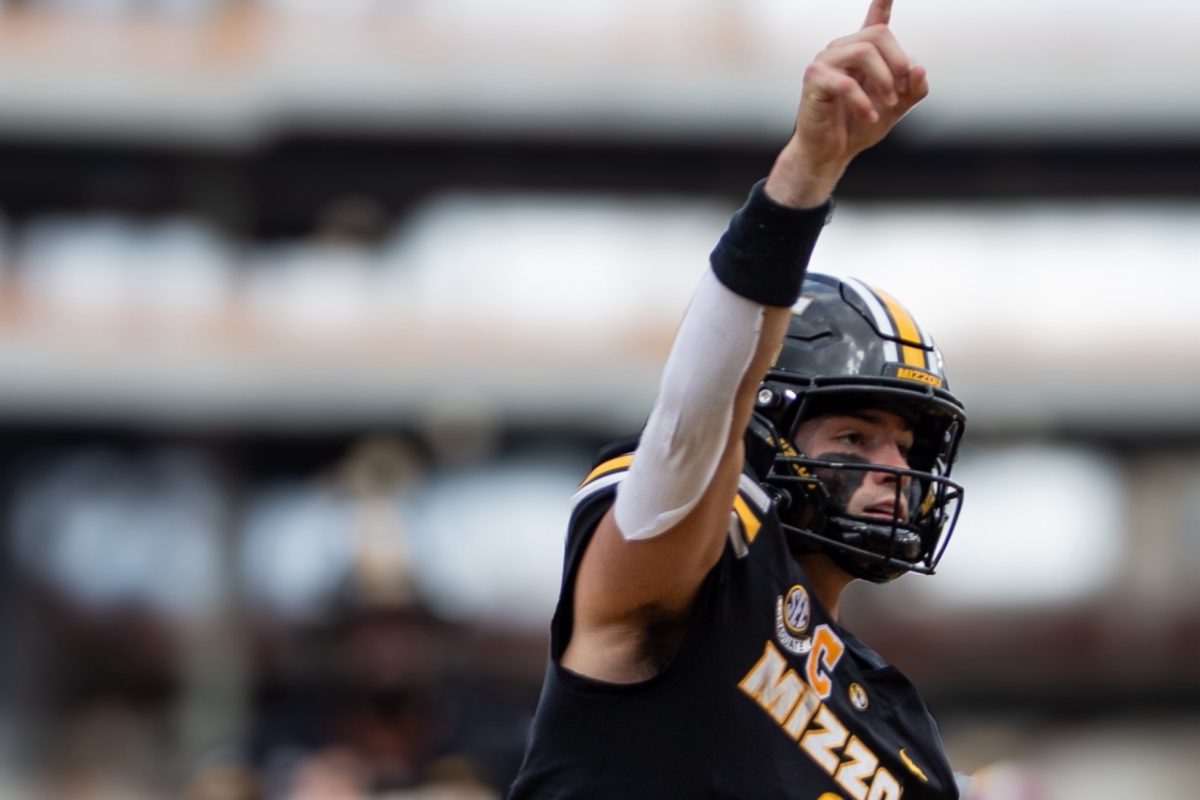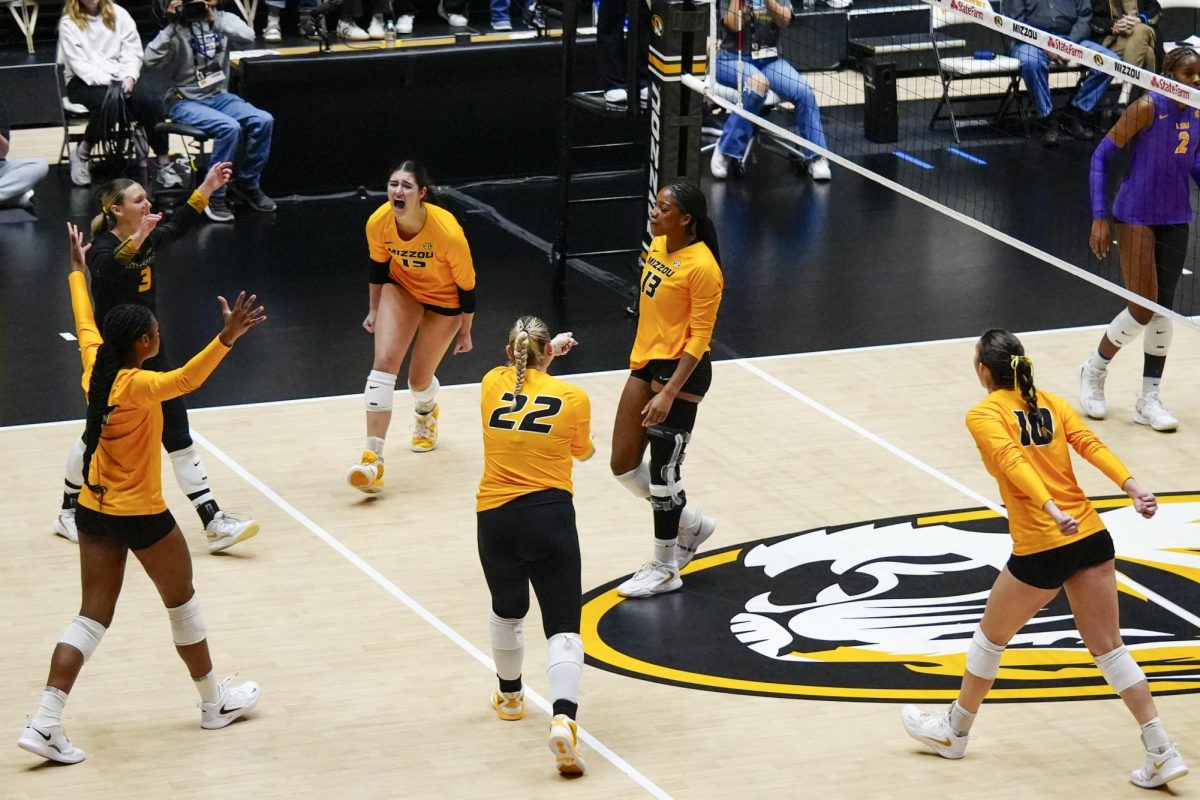The final seconds ticked off the scoreboard at Faurot Field on Saturday, a clear statement having been made- there was an elite football team on the field.
And, well, the Missouri Tigers were there too.
The 43-29 defeat at the hands of Georgia was hardly surprising – one might even call Missouri’s performance a success given that the Bulldogs are the No. 2 team in the country. But the game itself stung a little more than that for a simple reason.
The Tigers didn’t just lose. They learned exactly why they’re not in the same class as Georgia.
A few things stuck out from the game. Some were obvious, like the ease with which Georgia moved the ball against a tired Mizzou defense in the second half, but others were a bit more subtle.
Georgia hit Mizzou for 141 return yards, averaging 30.1 yards per kick return and an absurd 25 yards per punt return. This led to Georgia starting its drives at an average of its own 37 yard line. Mizzou didn’t have this issue in any of its previous three games, particularly with punt coverage.
Against UT-Martin, Wyoming and Purdue, opposing returners averaged two, zero and two yards per punt respectively.
Picking up yards on returns and making the offense’s job easier isn’t glamorous, but as Georgia showed, it makes a major difference. And it’s something top-tier teams do.
In the aftermath of Saturday, Mizzou’s defense received some deserved praise for their play in the first half, not allowing a touchdown and holding Georgia to field goals its two first-half red zone trips. But to leave it at that and not acknowledge the second half doesn’t paint a very accurate picture of the game. As good as the defense was in the first half, it came apart quickly after halftime.
The Bulldogs offense dropped 23 points in the second half, moving the ball on the ground seemingly at will. There was a stretch between 1:45 left in the third quarter into 8:16 left in the fourth when Georgia ran the ball seven times. Those seven runs totaled 63 yards, four of which picked up at least eight yards.
The Tiger offense pulled a similar Jekyll and Hyde act, putting up just seven points in the first half before somewhat picking it up in the second. It was a lack of consistency that doomed the Tigers and kept them from taking advantage. Even when the Georgia offense wasn’t putting up points in the first half, they weren’t playing poorly. They entered Mizzou territory four times on six total first half drives and generated a respectable 148 yards of total offense.
So what does this mean for Mizzou and the rest of the season? Again, the result of the game is anything but surprising. Georgia went to the National Championship a year ago, and a win would have been a shock for this admittedly improved Mizzou team.
The loss leaves the Tigers in fifth place in the SEC East. Two of the teams above them – Florida and South Carolina – are relatively unestablished and untested, neither having defeated a ranked team this season. The Tigers have road games against both later this year. Those games, along with Alabama on Oct. 13, will be the biggest tests for this Missouri team and – at the least – serve as possible attempts to further improve. Improvement or not, this team won’t ascend to an elite Georgia level, but just getting better at what doesn’t show up in the box score would be a big step forward.
That means tightening up the return defense. It’s playing the entire game on both sides of the ball. The SEC is too cut-throat not to bring it every Saturday. If the Tigers can make these changes, they’ll at least stay competitive in those tough games. If not, it could be a long season.
_Edited by Adam Cole | [email protected]_


